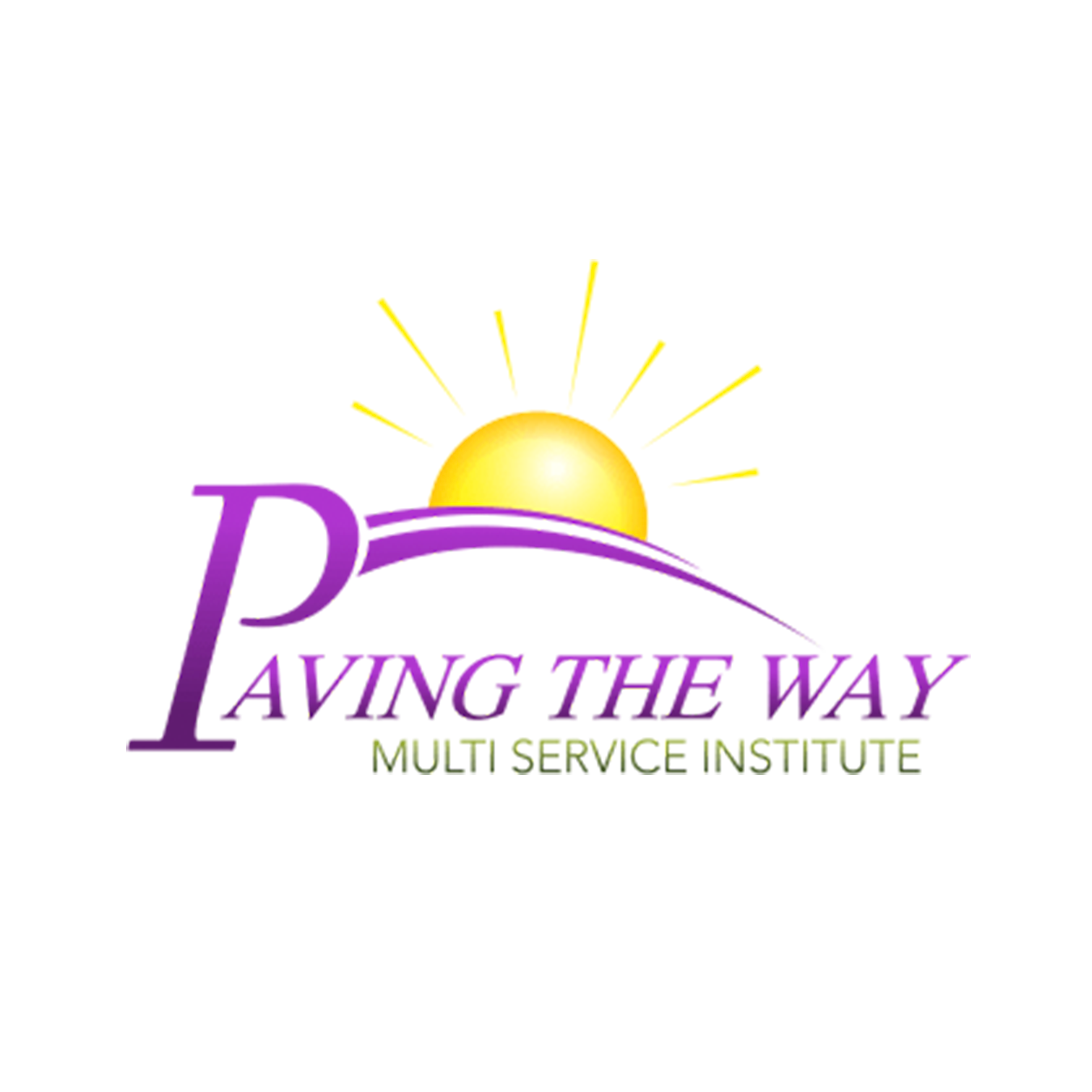
Paving the Way
Provider Interview
Paving the Wayis a behavioral health clinic serving District residents in Ward 8. We spoke to Ashlee Barros, Chief Operating Officer, about the mission she and the providers at Paving the Way pursue to stabilize and empower children, adolescents, adults, and their families to become self-sufficient in their lives and community.
“It’s [our EHR] all in one for us. That’s been super helpful because it’s an easy flow for intake, scheduling, session, notes, charting and everything. It is all in the system.”
Ashlee Barros
A Conversation with Paving the Way
Q: How have you found that using health IT and/or HIE tools has benefited your practice and/or patients, particularly during the COVID-19 response?
A: Our EHR has allowed us to actually provide services during the pandemic. Our EHR is our scheduler, billing system, medical records system, and telemedicine all in one. We can do video visits in the EHR and not have a different solution to have to log into. It’s all in one for us. That’s been super helpful because it’s an easy flow for intake, scheduling, session, notes, charting and everything. It is all in the system.
Our EHR has forced us to create our intake electronically in different ways, but we have been able to continue our care. That applies to all providers in our clinic, not just the one who met MU. We can provide psychiatry, therapy, and medication management, all remotely. And our patients have easier access. If a patient missed a session, we can use video in place of being in person.
Q: Have your patients experienced any concerns with telehealth and video visits?
A: I don’t think so. The only issue was informing our consumers as best we could about the change. Everybody is remote, so anybody can have different wifi settings, and although our EHR is protected, we had to get all the laptops ready to do work securely so that we can explain to our consumers that we are doing everything we can to protect their information.
Q: How have your providers reacted to the transition to telehealth?
A: Our providers are more at ease with telemedicine and virtual sessions. Now, we can continue our services. It was a fast transition, and before that, some providers didn’t want to use video. Now with the pandemic, providers and others are more open of using the telemedicine video. We are all virtual for patient visits.
